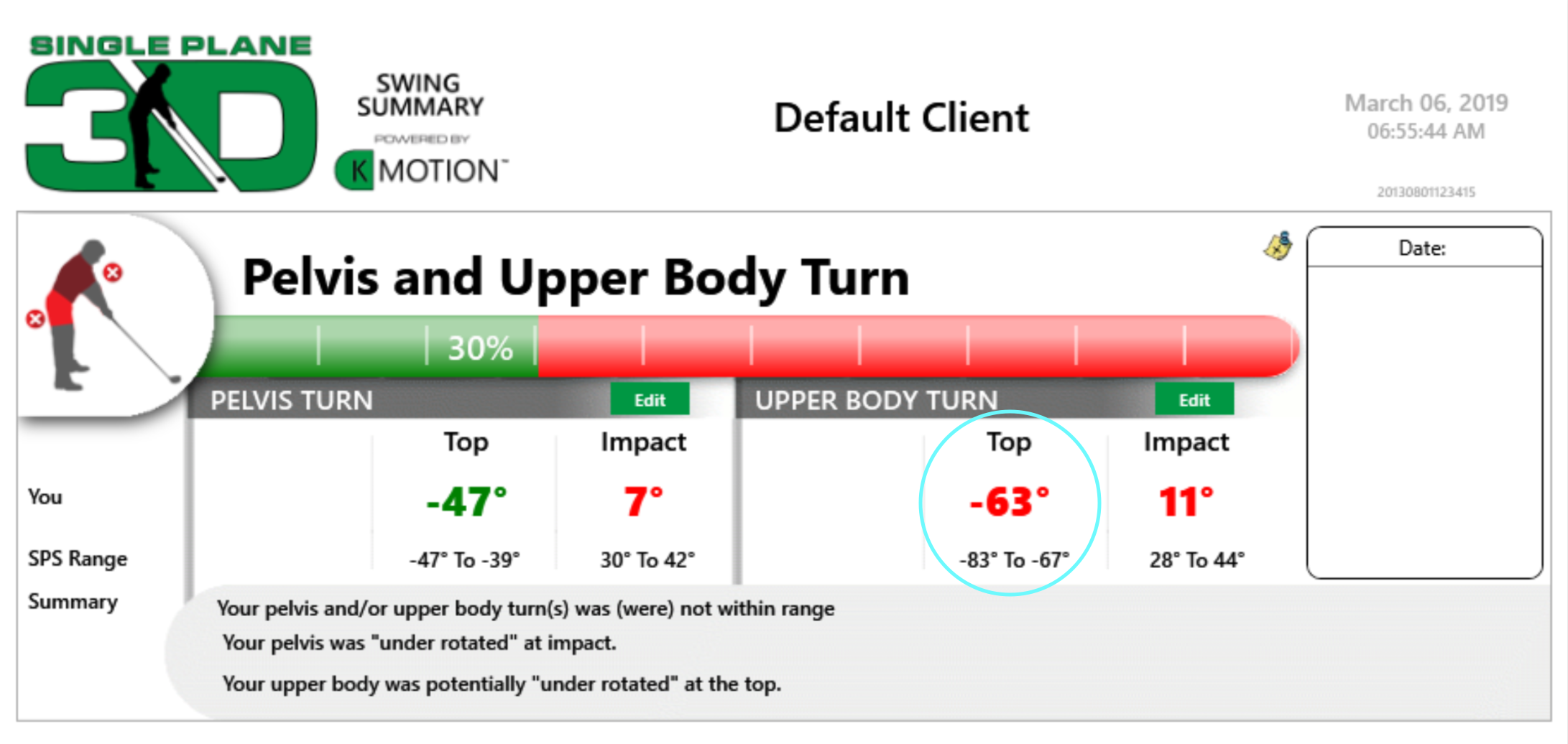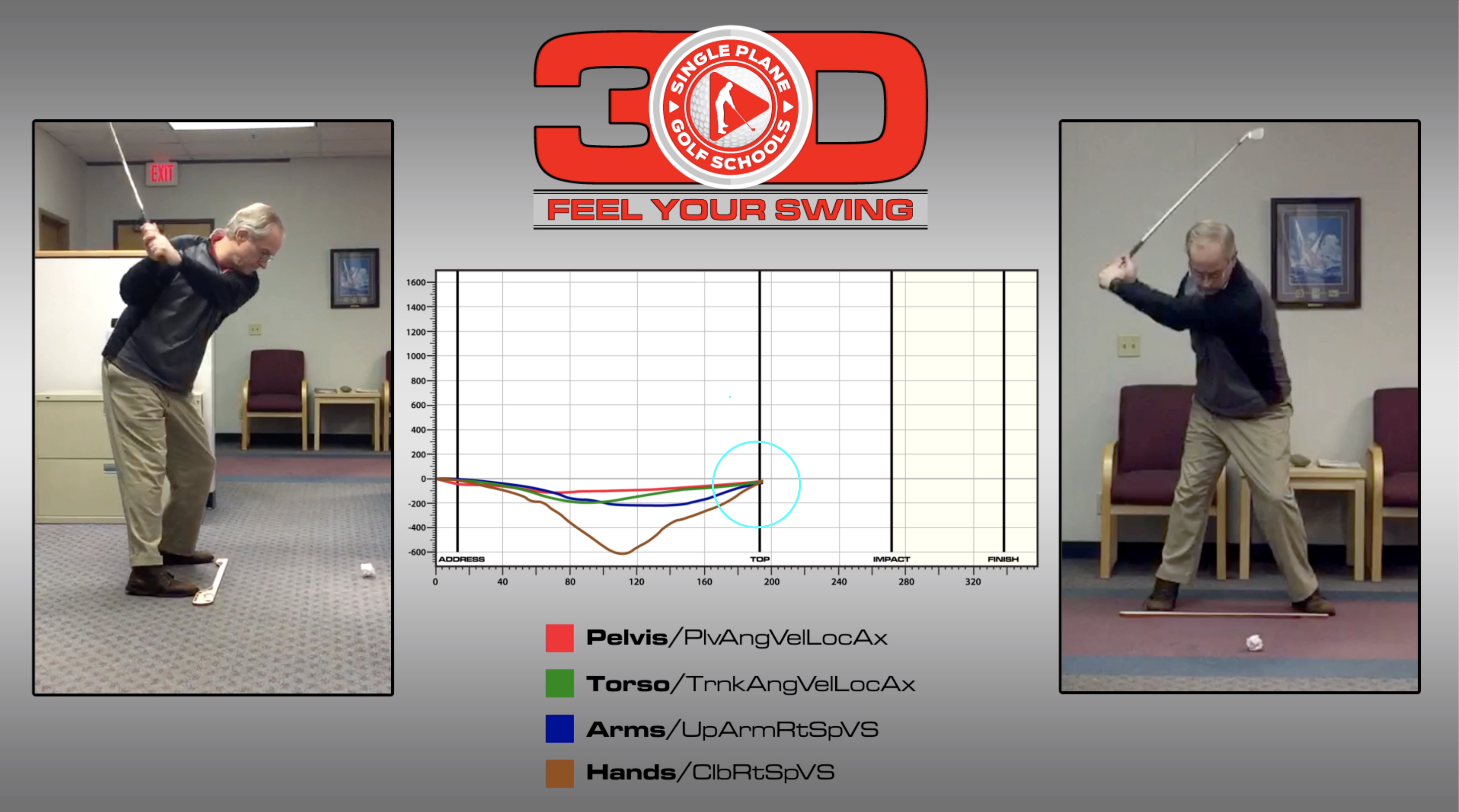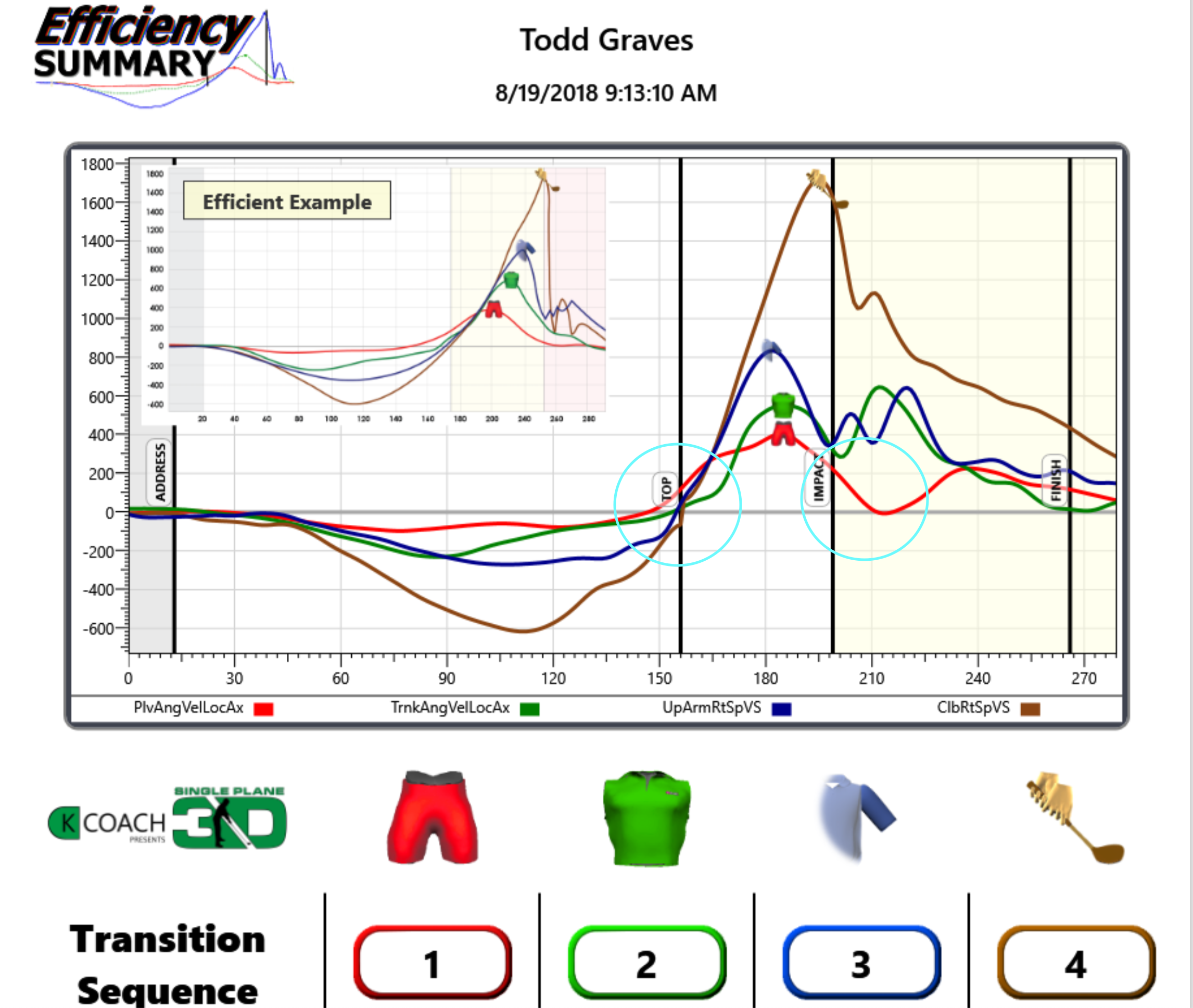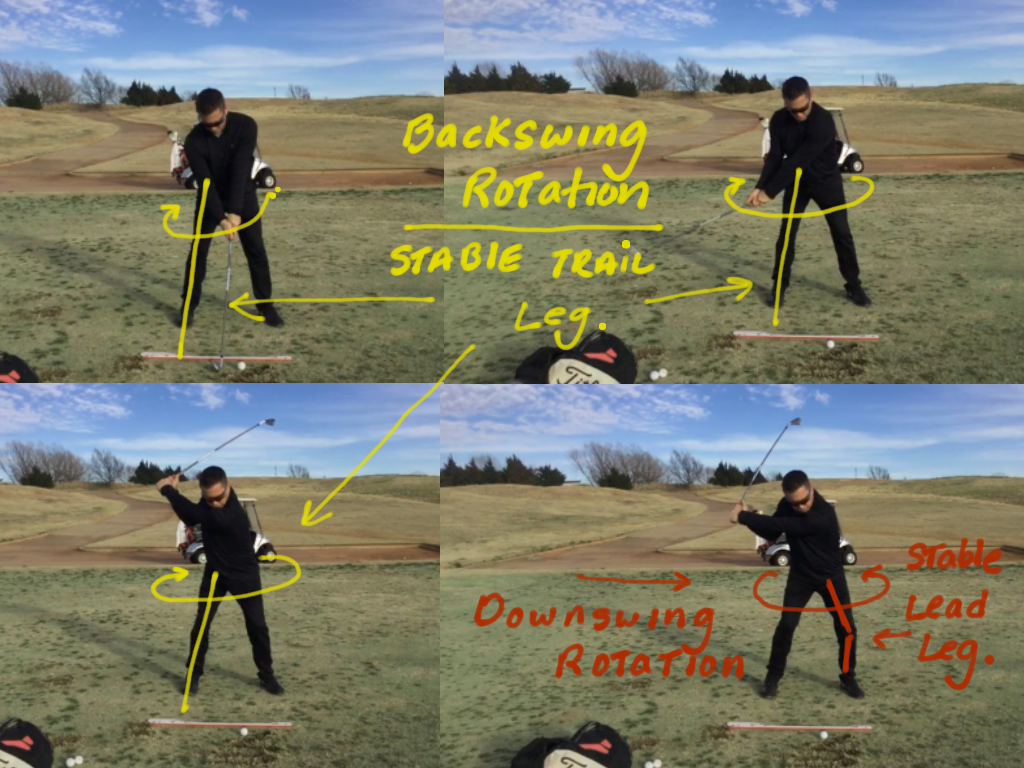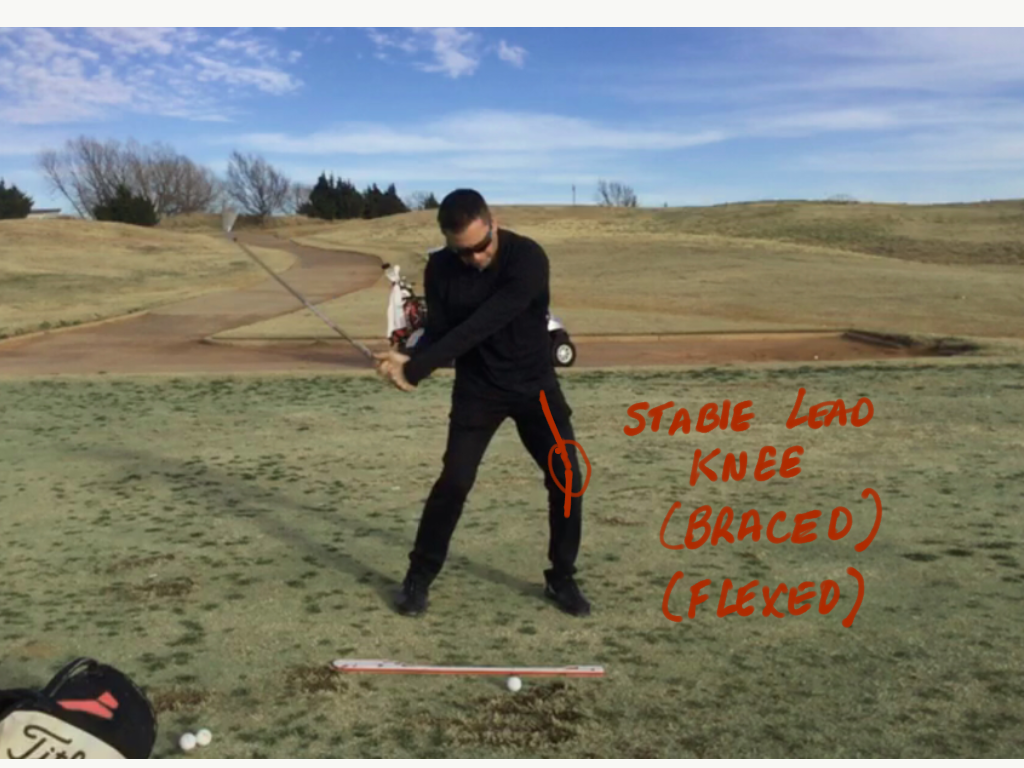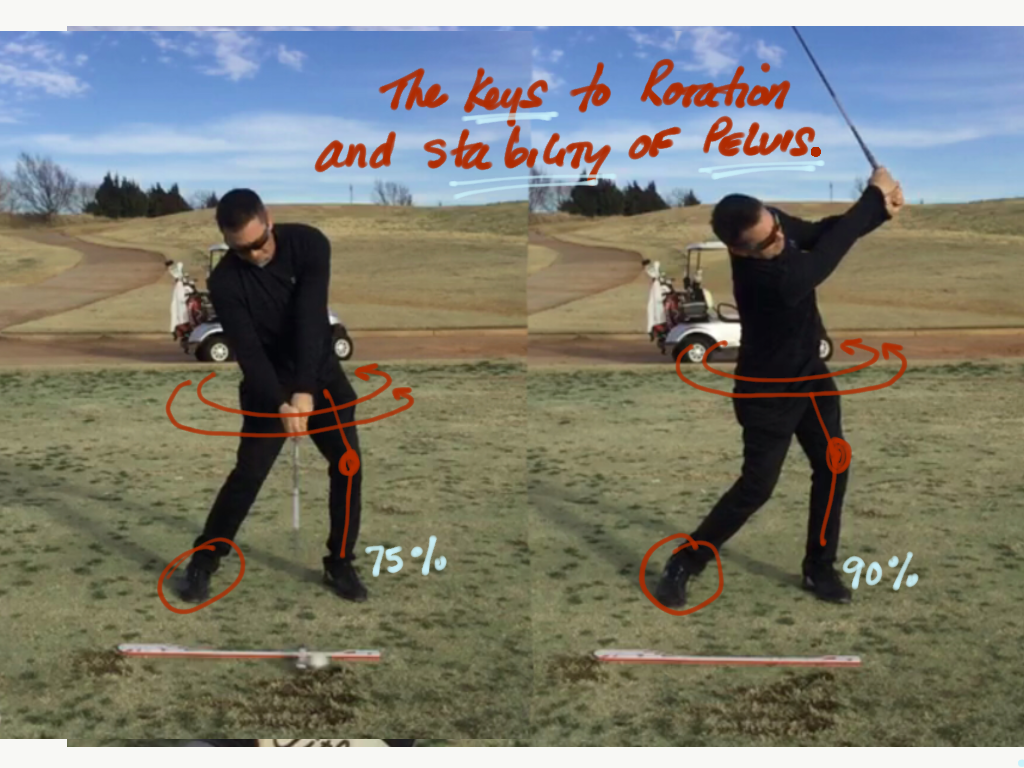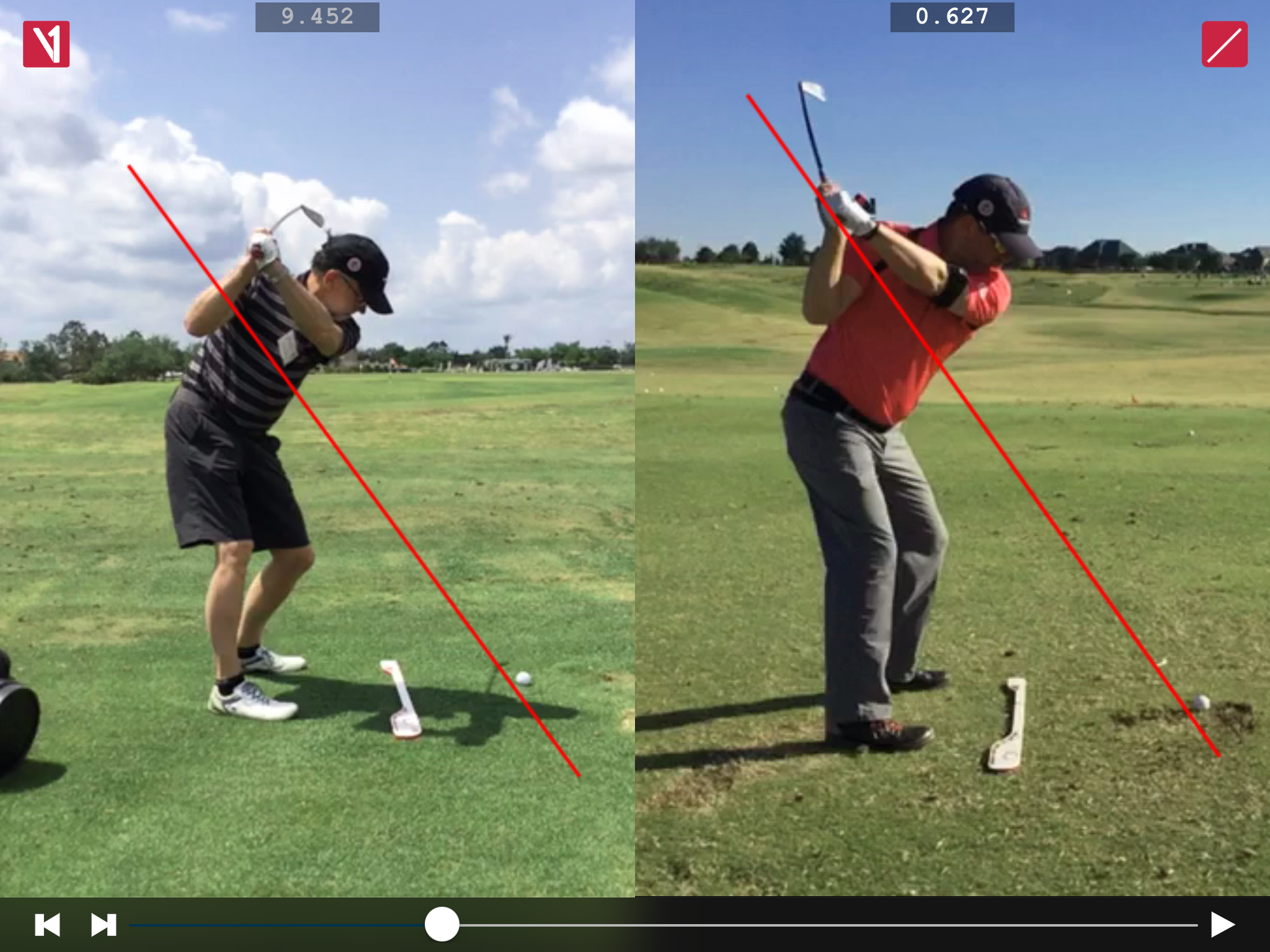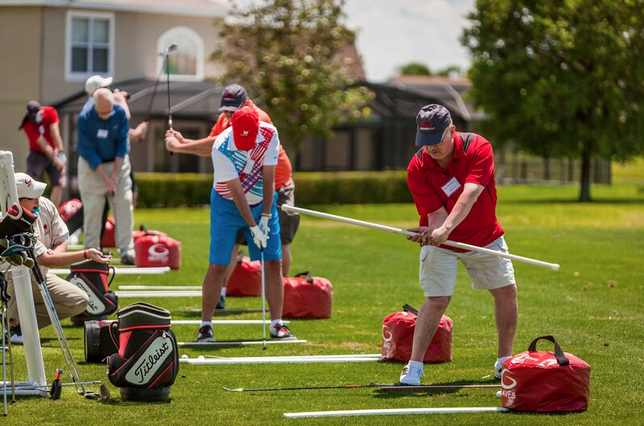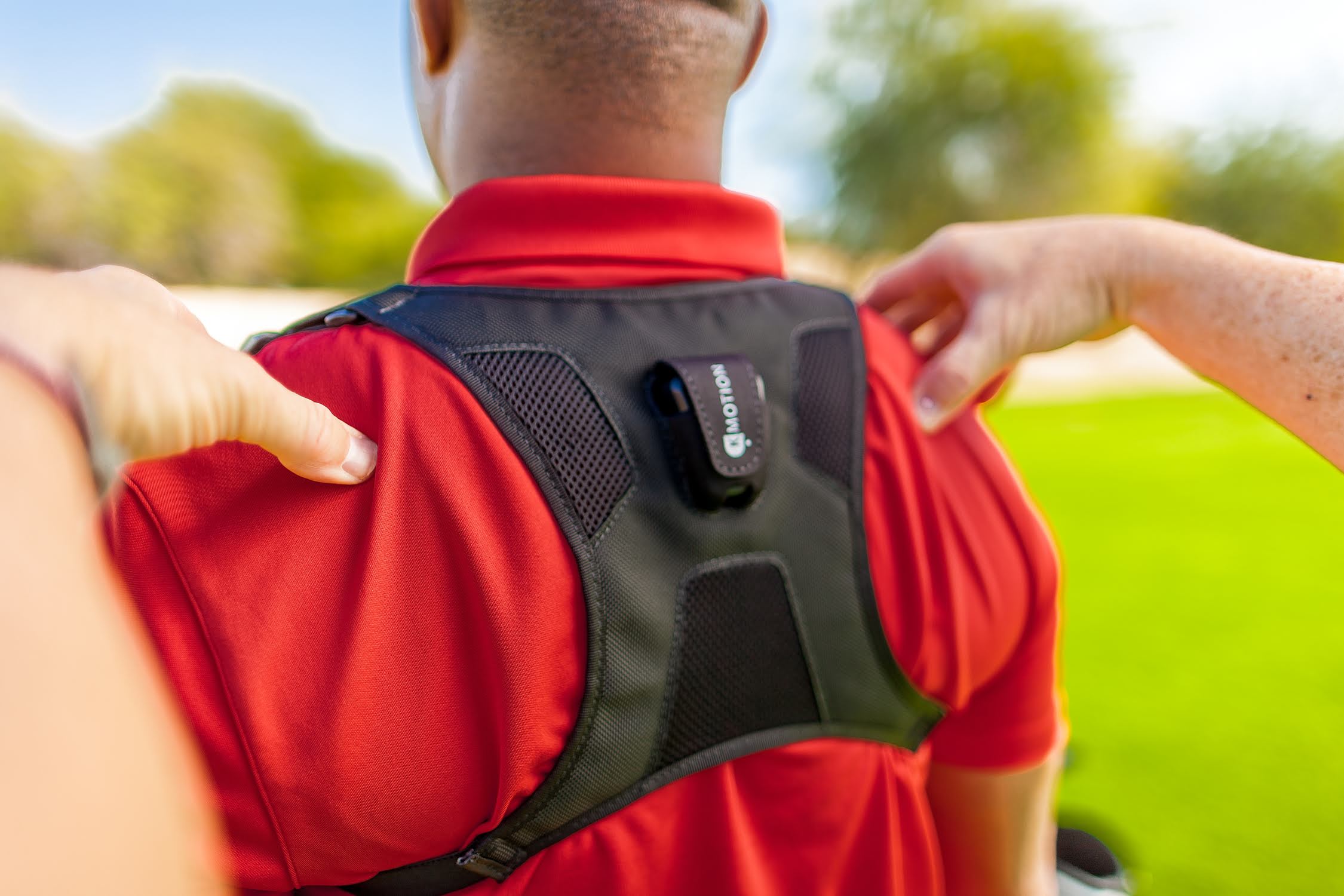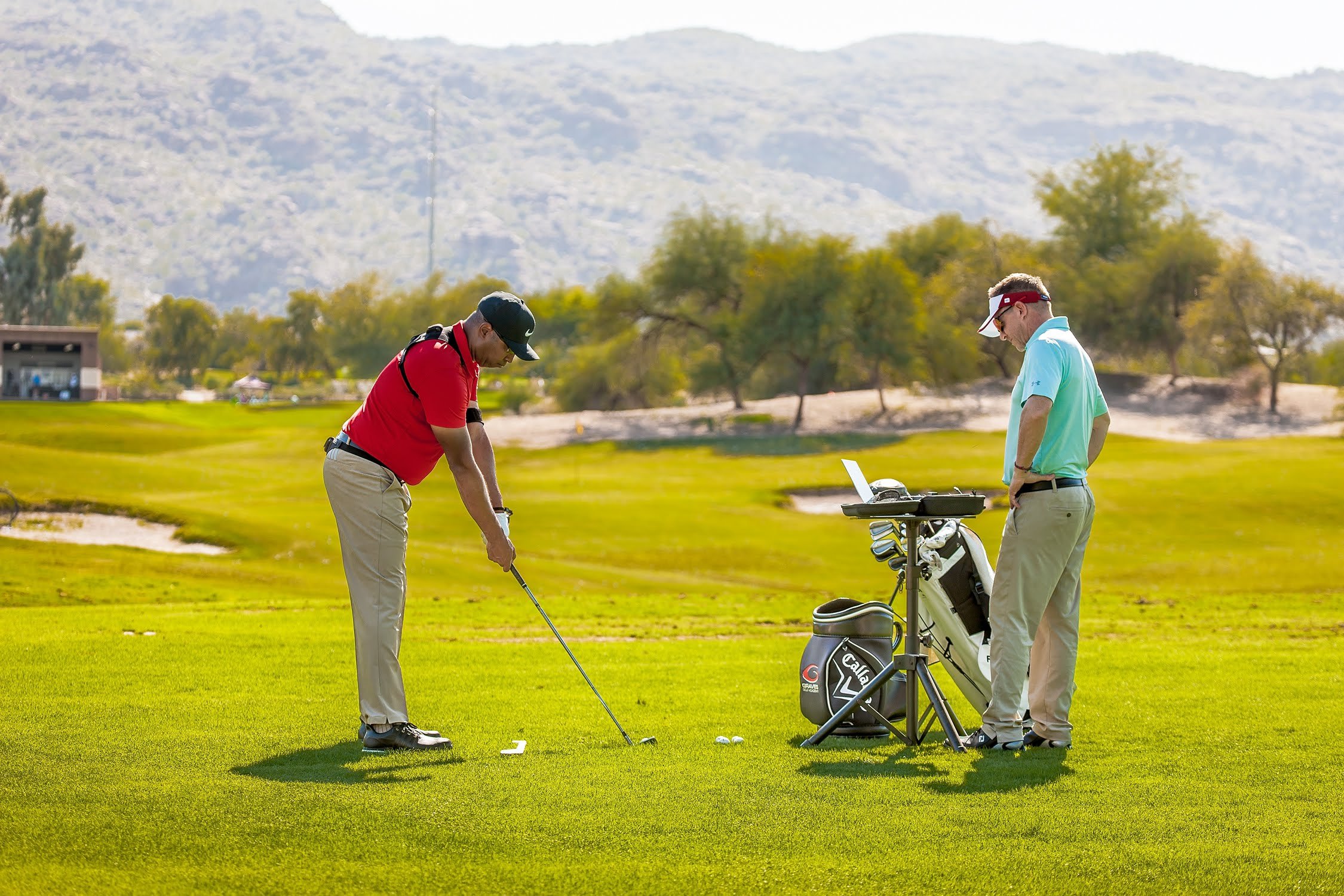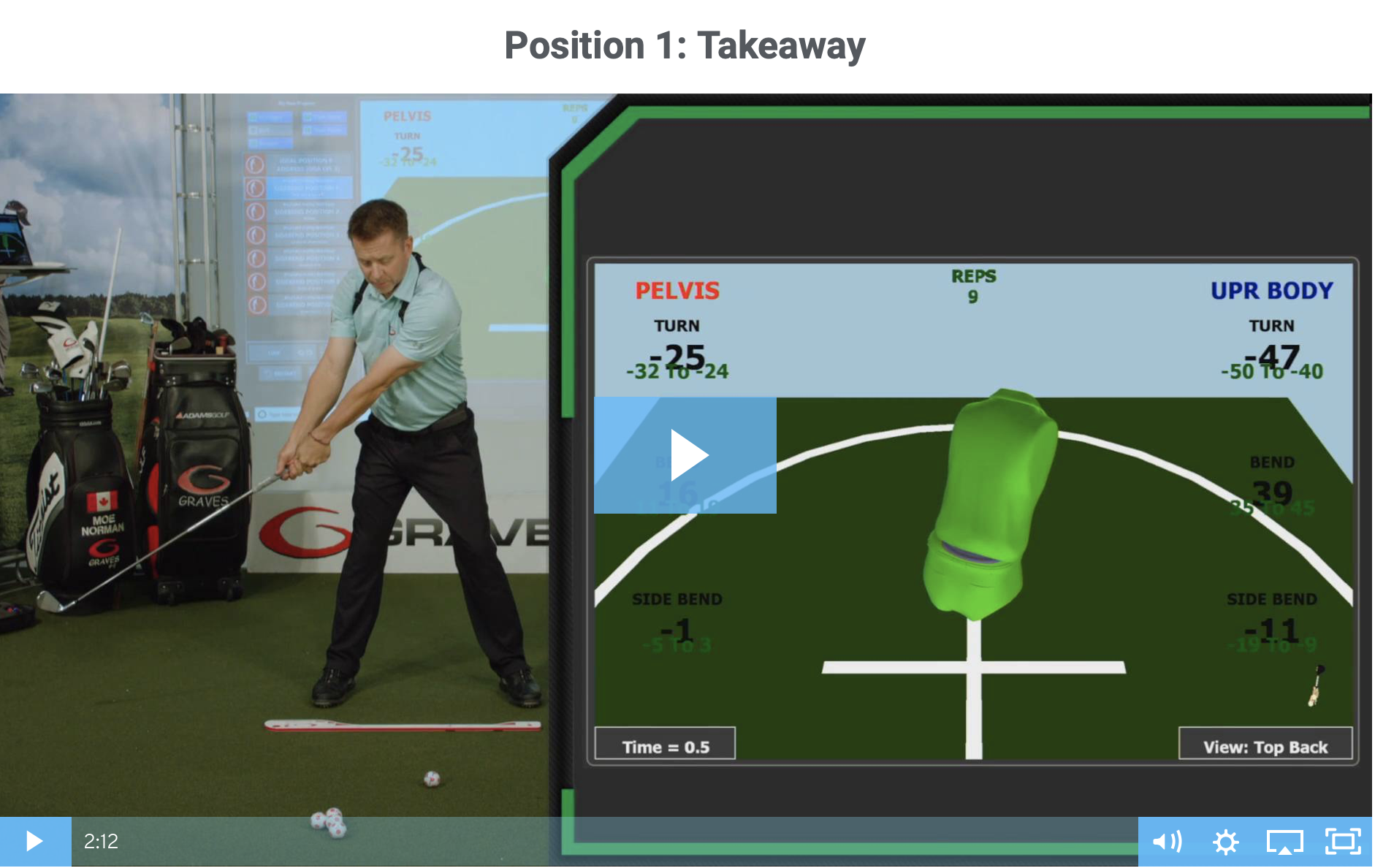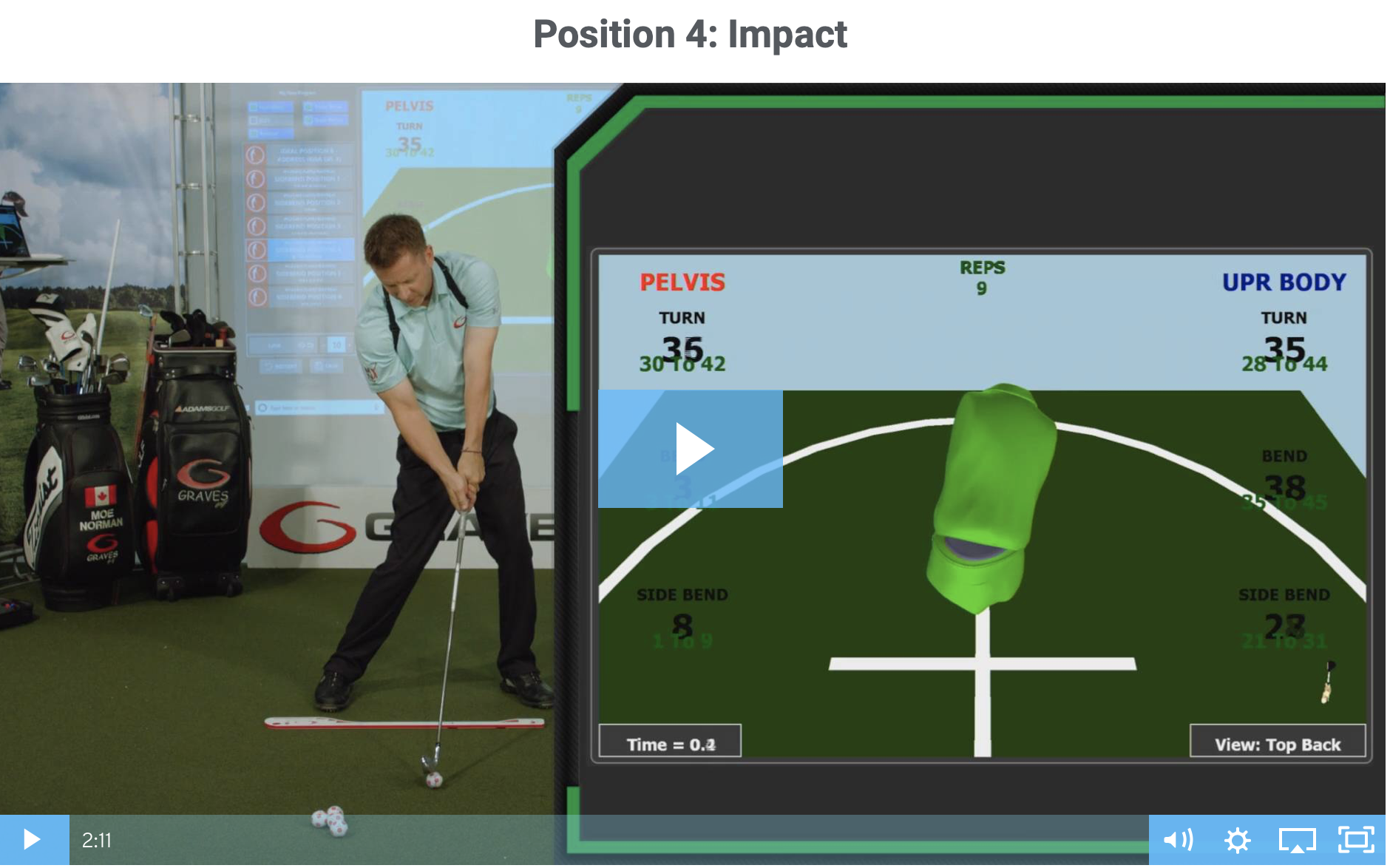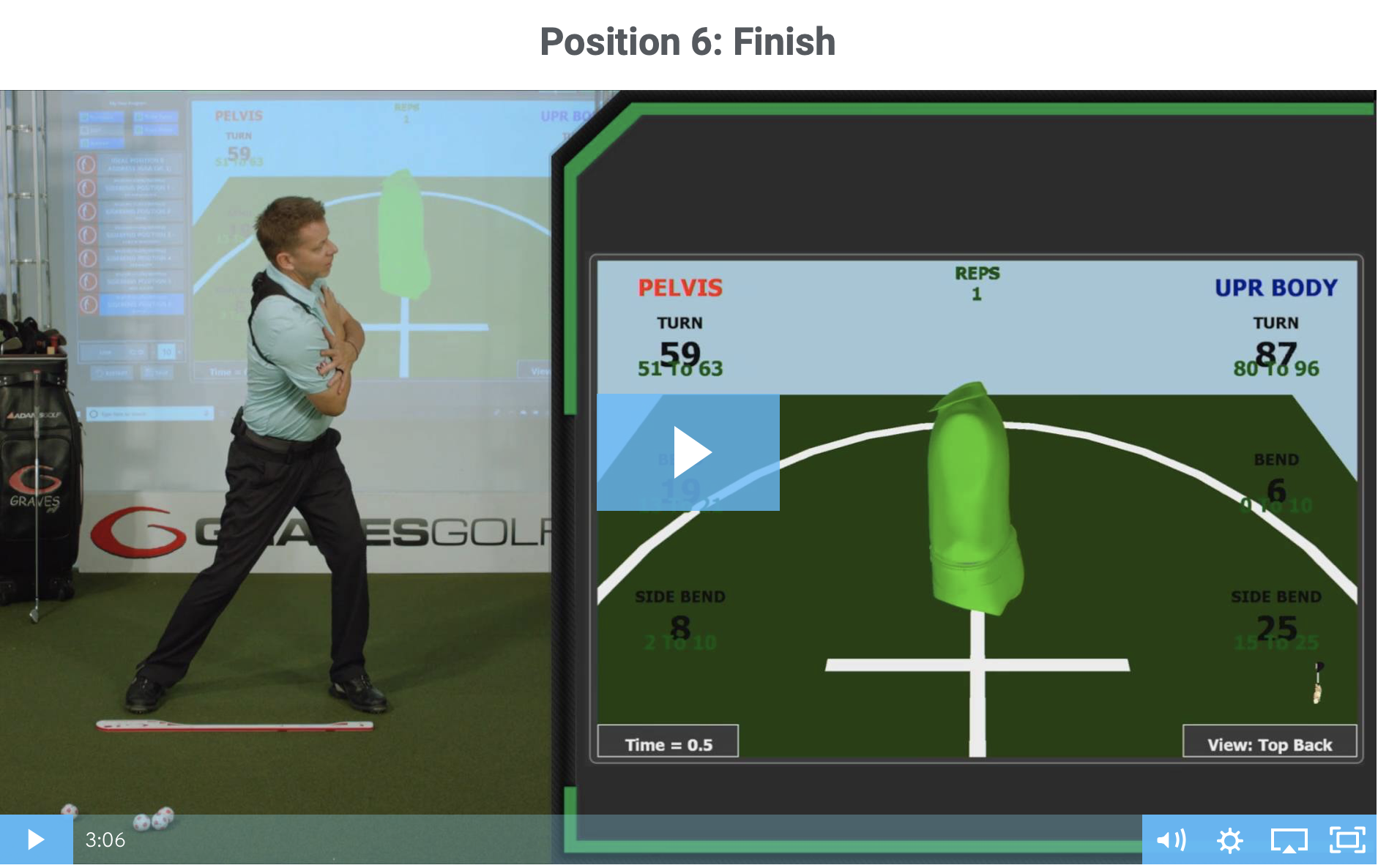Bill Arnold lives in Alaska. You can imagine that playing golf in the winter isn’t an option but that doesn’t keep him from practicing and training his Single Plane Golf Swing – thanks to the Single Plane K-Motion System.
Recently Bill began his training with the Single Plane 3D System. It was a perfect fit for Bill’s long winters in Alaska. We started his training with a full analysis of his swing using the Single Plane K-Coach where a total of four sensors are placed on the Torso, Pelvis, Hand and Arm. The four sensors provide the data needed to take an “inside” look at Bill’s motion – quantifying the amount of rotation, bend and side-bend of his body throughout his swing motion. Let’s take a look at some of the data and see how it can help Bill improve his swing motion and speed.
Impact Data

There are three areas to analyze in regards to Bill’s motion starting with the lack of rotation of his pelvis at impact. You will notice that ideally, Bill would have between 30 and 42 degrees of rotation of his pelvis and 28 to 44 degrees of torso rotation. He also has a large amount of toros rotation at the Top of his backswing at 47 degrees.
You can also see that Bill has only 63 degrees of Torso turn at the top of his backswing – where ideally we would want between 67 and 83 degrees.
The overturning of the pelvis and the under rotation of the torso have created a scenario where Bill will likely lose speed and have difficulty returning the club to impact properly. By taking a look at his Kinematic Sequence which measures body speed and timing, we can see the results of his motion.
The Kinematic Sequence or Efficiency Graph shows a few indications speed loss where at the top of the swing, Bill’s Pelvis (Red Line) is not accelerating (separating) quickly enough from the Torso. As you follow his Pelvis (Red Line) to Impact, you can see that it does not stop quickly enough either. Here is picture of Bill’s Swing as it relates to his Kinematic Sequence:
Ideal Kinematic Sequence:
Here is a sample of an Ideal Kinematic Sequence:
Notice the large spaces between the lines where they are not grouped together. The Red Line (Pelvis) makes a large upper movement above the baseline before the top of the swing and then makes an abrupt downward movement through impact. This shows the acceleration and deceleration of the pelvis allowing the Torso (Green Line) to do lag and then do the same thing as the Arms (Blue Line) and Hands (Brown Line) can accelerate and decelerate in sequence. This ideal 1-2-3-4 sequence is due to the proper acceleration and deceleration of the lower and upper body.
Now that we have analyzed Bill’s motion and collect a bit of data on the movement, here are my suggestions for improving his power and speed:
First – Limit the pelvis rotation and increase Torso Rotation.
By limiting the pelvis rotation, it will make it easier to get the Pelvis in sequence, starting sooner in the transition into the downswing. By increasing toros rotation, Bill will be able to produce more speed. Keep in mind that if you decrease Pelvis and increase Torso, you are creating what we call “Separation” and “Stretch” – making Bill’s swing faster and more efficient.
Second – Decelerate the pelvis before impact.
This is a tricky one. The way to decelerate the pelvis is to brace into the lead knee. We must wait and see how reducing the rotation of the pelvis affects his ability to stop it as he accelerates. To see how his body reacts to a pelvis that moves less and a torso that separates (rotates more), I will wait for Bill’s next data. Stay Tuned…..
